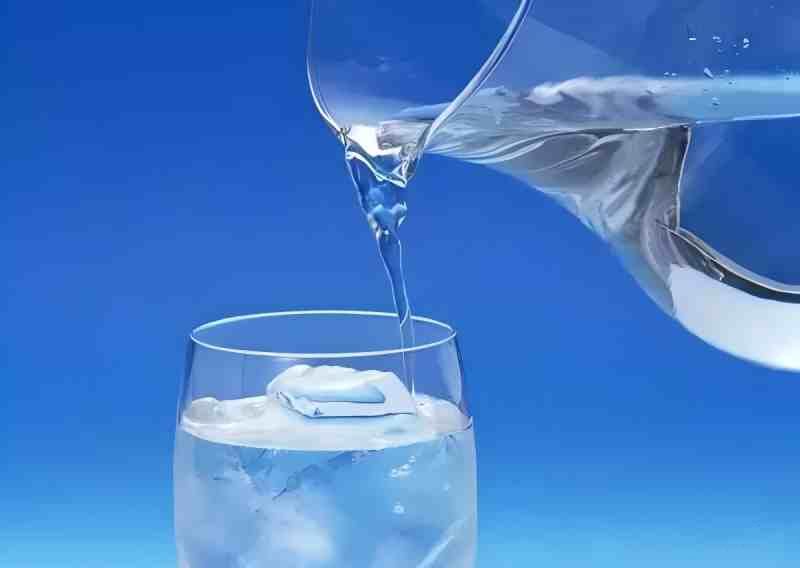Marketing Hotline:
(+86)0532-88988868
(+86)0532-88988868
Water hardness refers to the total concentration of calcium and magnesium ions in water, including carbonate hardness and non-carbonate hardness. Regarding the hardness of water, there are two methods that are more commonly used in our country: one is to convert the measured calcium and magnesium into the mass of CaO, that is, the number of milligrams of CaO contained in each liter of water, in mg/L. The other is measured in degrees, that is, 1 hardness unit means that 100,000 parts of water contain 1 part of CaO (that is, 10mg CaO per liter of water), 1° = 10ppmCaO.

One. Temporary hardness and permanent hardness
1. Carbonate hardness: mainly the hardness formed by the bicarbonate Ca (HCO3)2 and Mg (HCO3) 2 of calcium and magnesium, as well as a small amount of carbonate hardness. The hardness of bicarbonate is decomposed into sediment and removed from the water after heating, so it is also called temporary hardness.
2. Non-carbonate hardness: mainly the hardness formed by salts such as sulfate, chloride and nitrate of calcium and magnesium. This kind of hardness cannot be removed by heat decomposition, so it is also called permanent hardness, such as CaSO4, MgSO4, CaCl2, MgCl2, Ca(NO3)2, Mg(NO3)2, etc.
3. Total hardness: The total hardness is the sum of carbonate hardness and non-carbonate hardness. The content of Ca2+ in water is called calcium hardness; The content of Mg2+ in water is called magnesium hardness; When the total hardness of water is less than the total alkalinity, the difference between them is called negative hardness.
4. The hardness index of water, expressed by the concentration of calcium carbonate, is roughly divided into:
0~75mg/L: Very soft water
75~150mg/L: soft water
150~300mg/L: medium-hard water
300~450mg/L: hard water
450~700mg/L: High hard water
700~1000mg/L: ultra-hard water
> 1000mg/L: extra hard water
Two. What are the dangers of excessive water hardness?
1. Long-term drinking of high-hardness water will cause lesions of cardiovascular, neurological, urinary hematopoiesis and other systems.
2. The boiled water tastes poor, and often causes scale at the bottom of the pot, which seriously affects the taste and quality of the meal.
3. When bathing, hair and skin often feel dry and tight, which damages the skin and accelerates aging.
4. When washing clothes, detergent is wasted, and clothes are not easy to wash, and the clothes after washing are brittle and hard, and the smell of detergent remains.
5. Water stains and spots often appear on tableware and sanitary ware, which need to be cleaned frequently, and limescale appears on the pool or even walls.
6. The thermal efficiency of the water heater decreases with the increase of use time, which is also due to the increase in accumulated scale, which not only wastes energy (power consumption) but also forms unsafe hazards.
Three. Methods to reduce water hardness
In general, there are three things you can do to reduce the hardness of water:
1. Boiling or distillation is used to reduce the hardness of water.
2. Adopt the ion exchange method to replace the calcium and magnesium ions in the water and reduce the hardness of the water.
3. Reverse osmosis membrane filtration method is adopted. The core component of reverse osmosis is an artificial synthetic material called RO reverse osmosis membrane, which can reduce various ions in water and reduce hardness. Like RO reverse osmosis intelligent water purifier, it can not only reduce the hardness of water, but also remove ions to produce "deionized water", which is the so-called pure water. Drinking purified water is basically RO reverse osmosis filtration method, which is highly efficient and low-cost, and is widely used in both industrial and civil fields.


